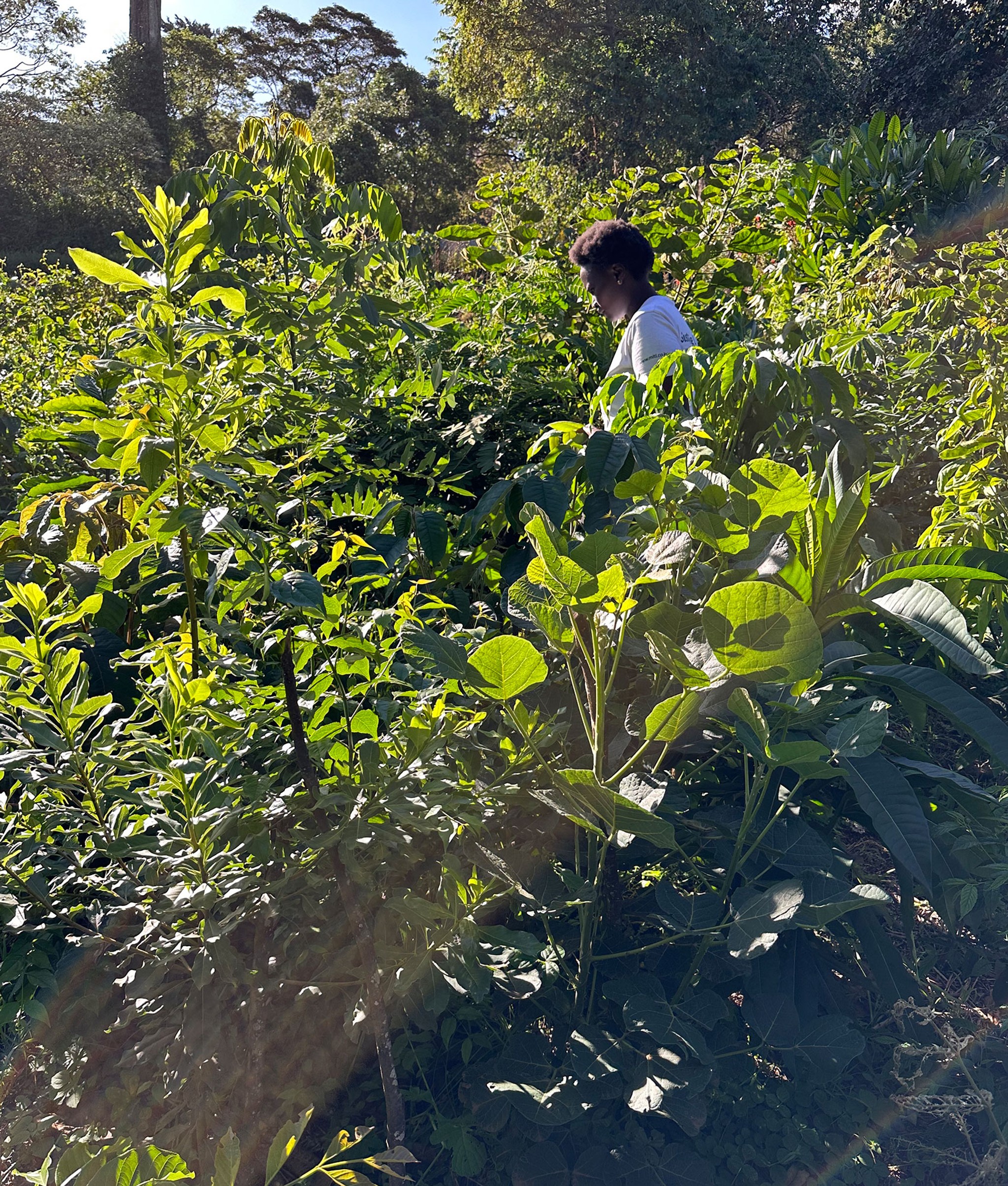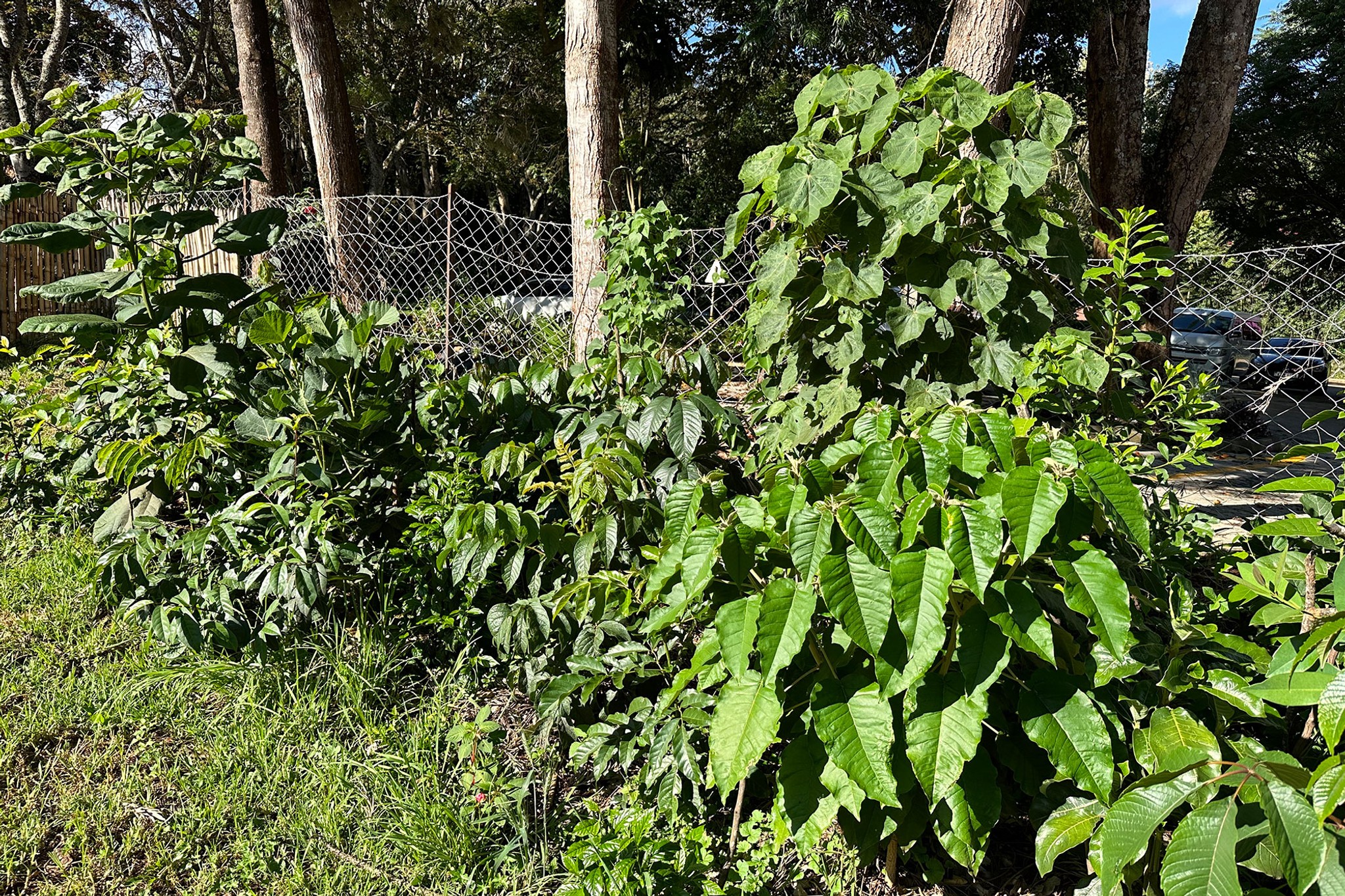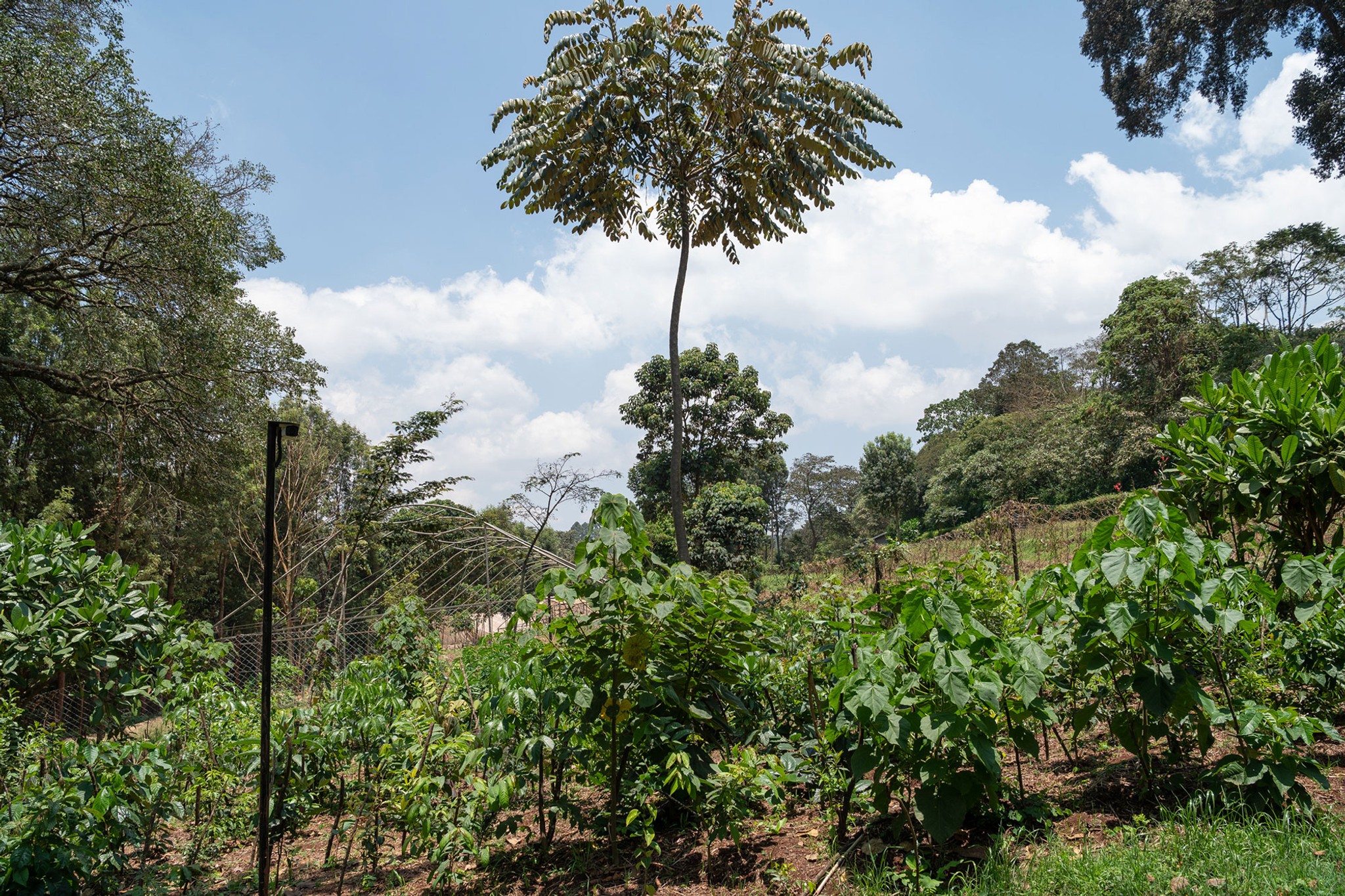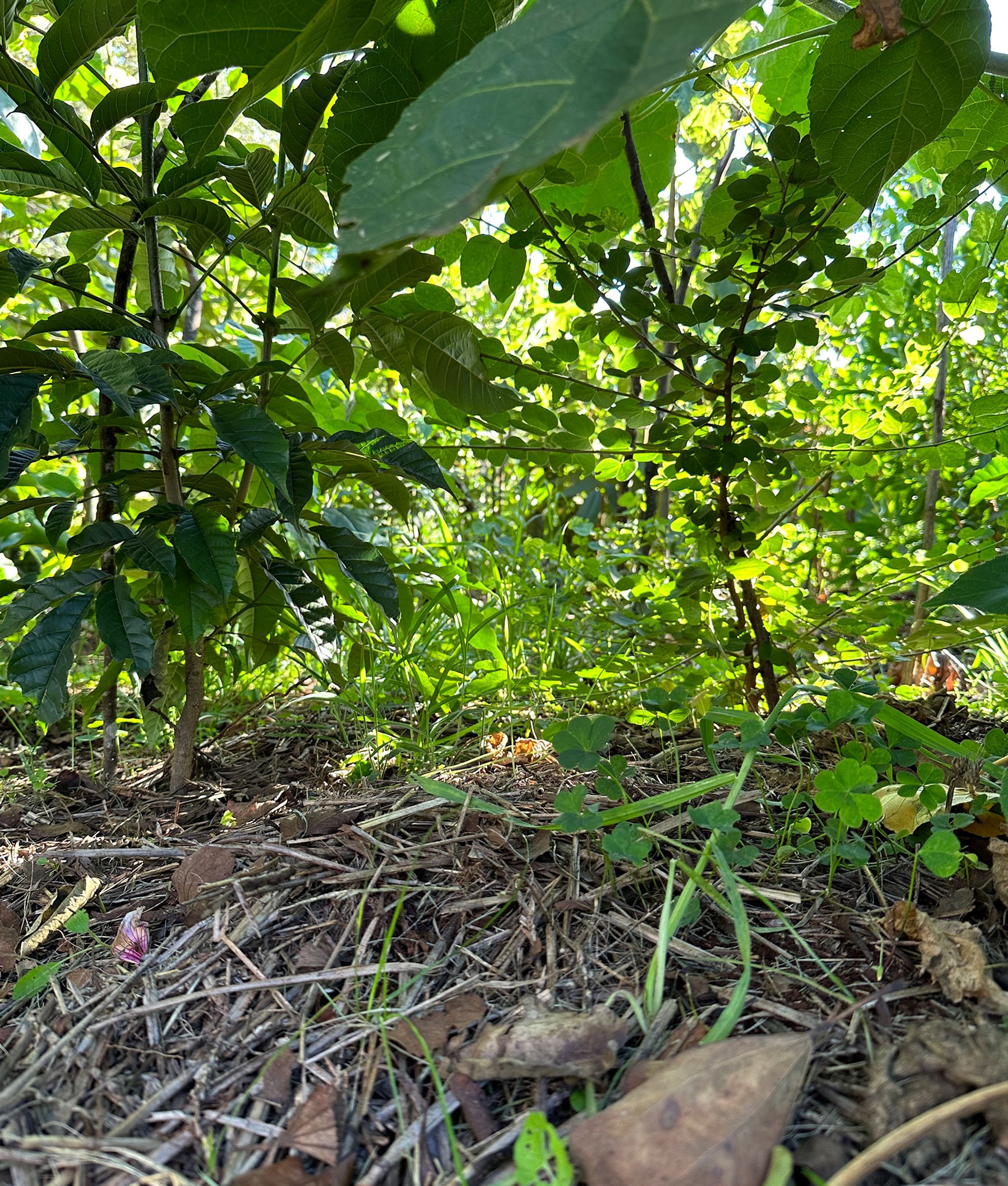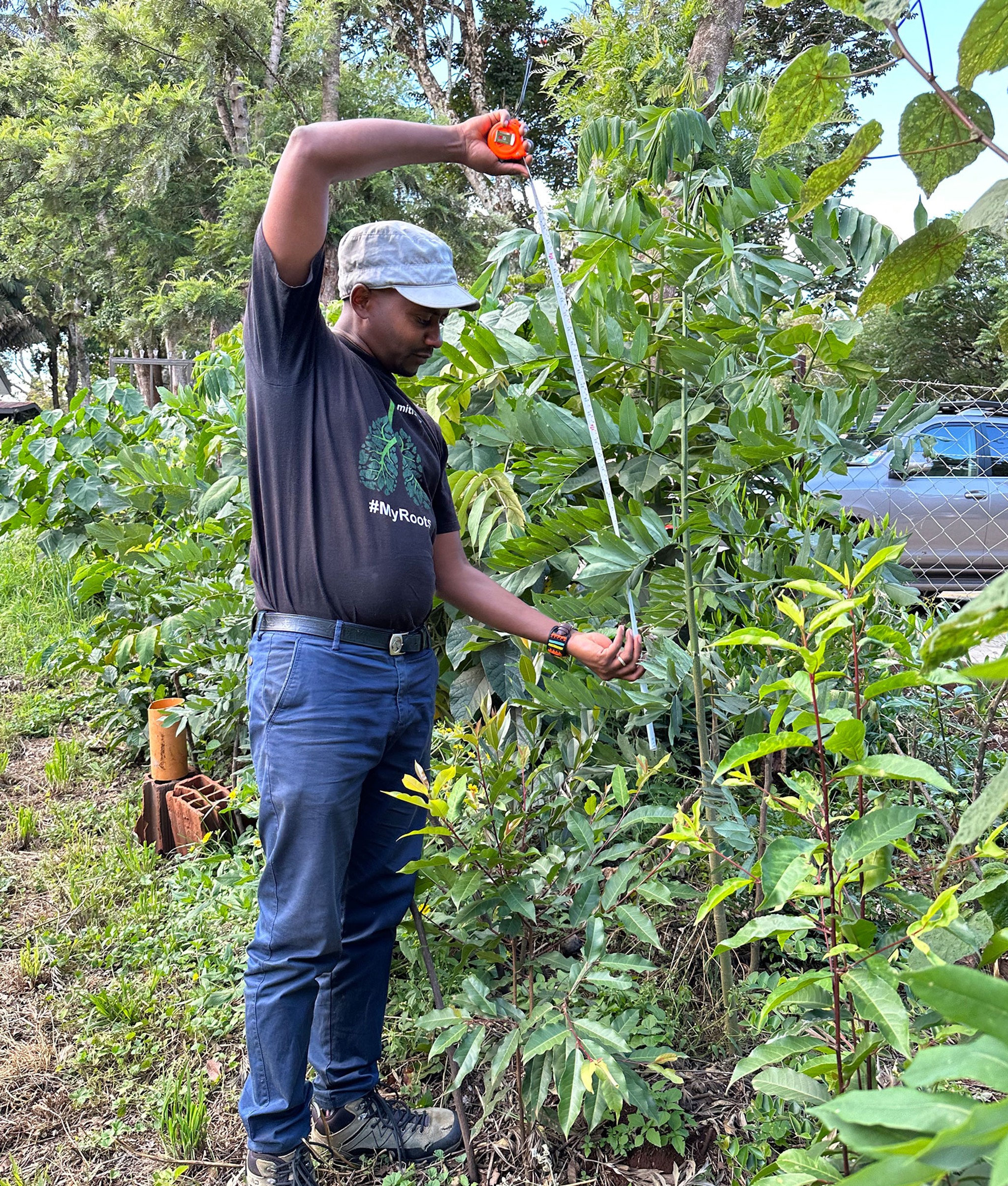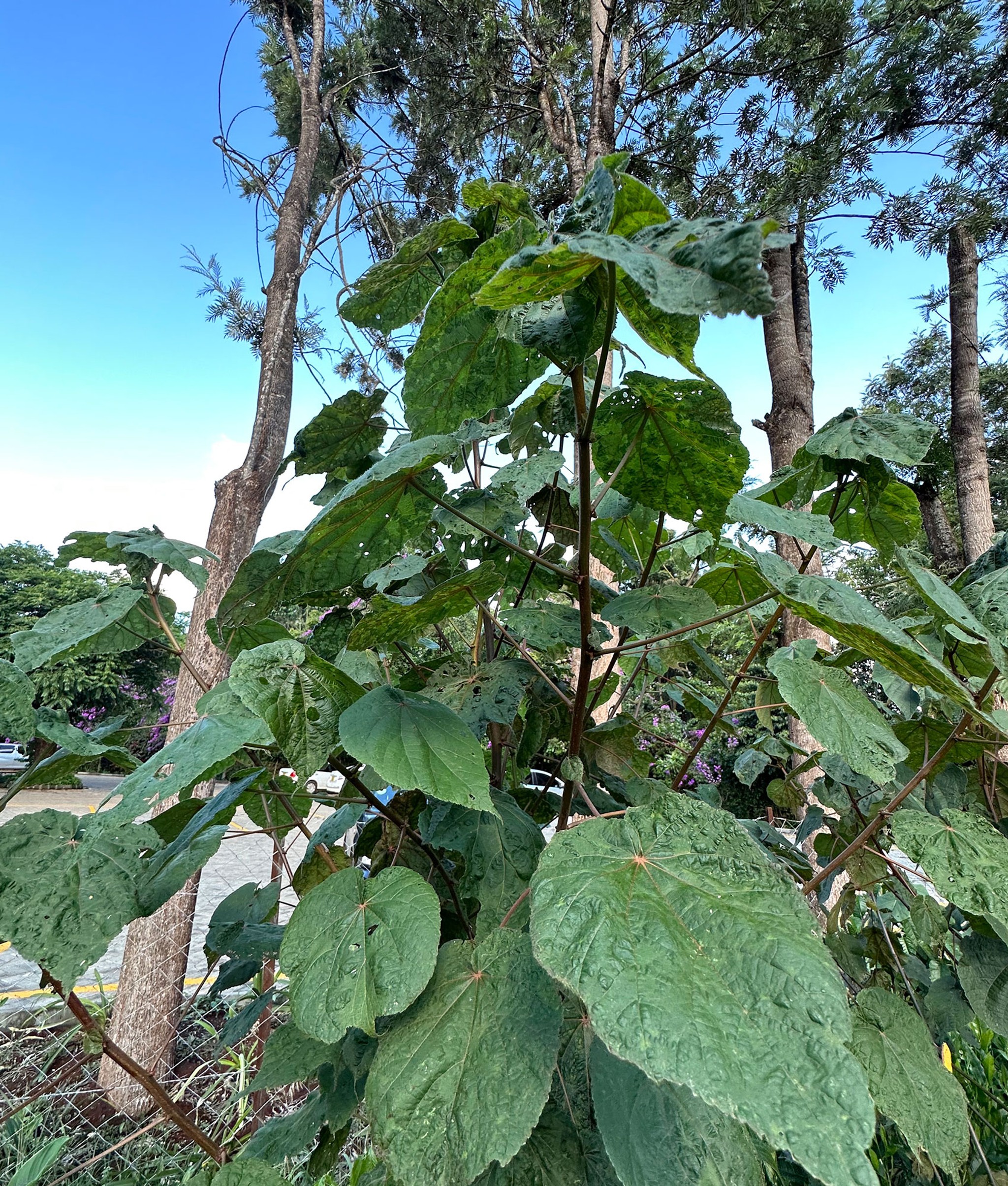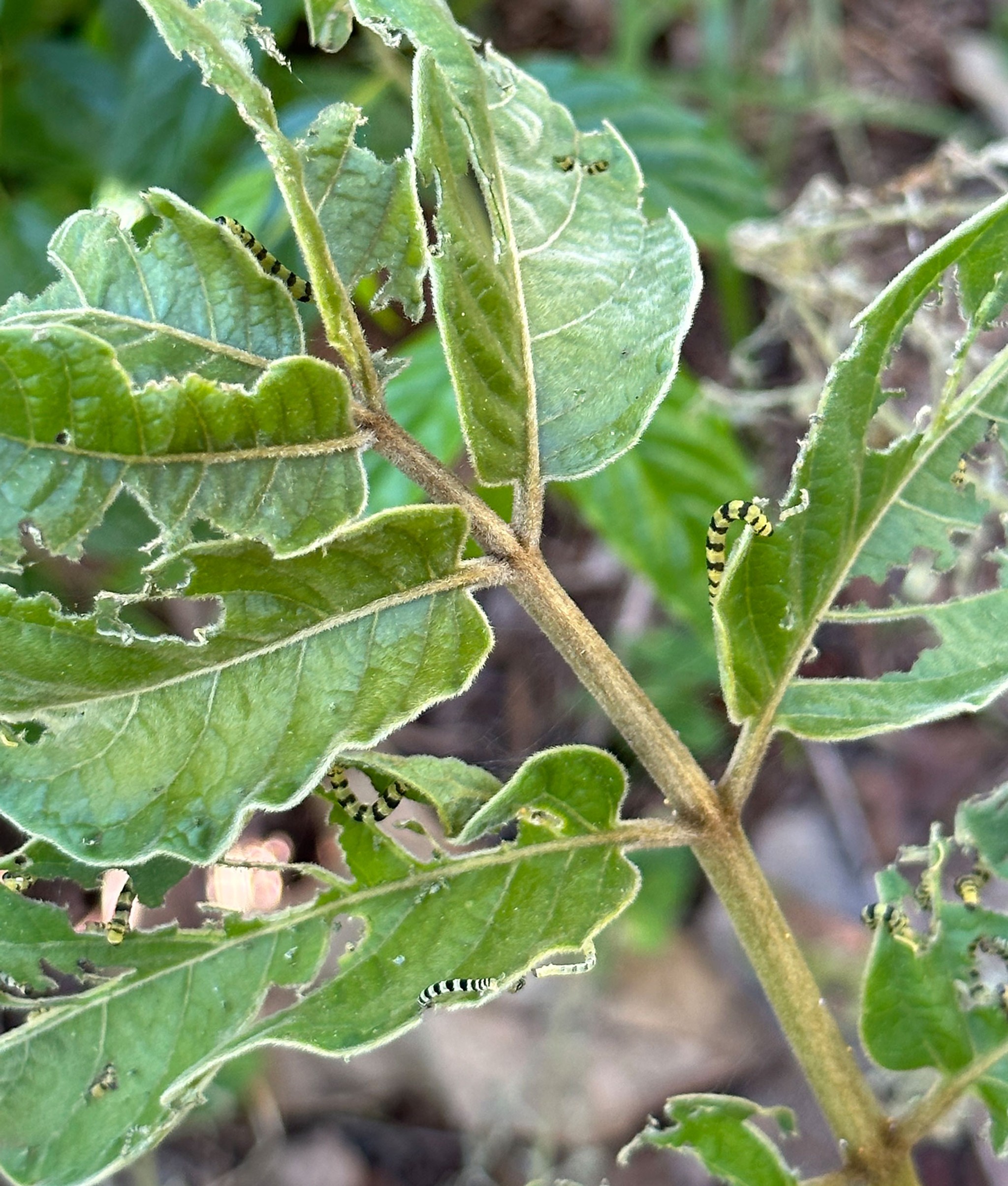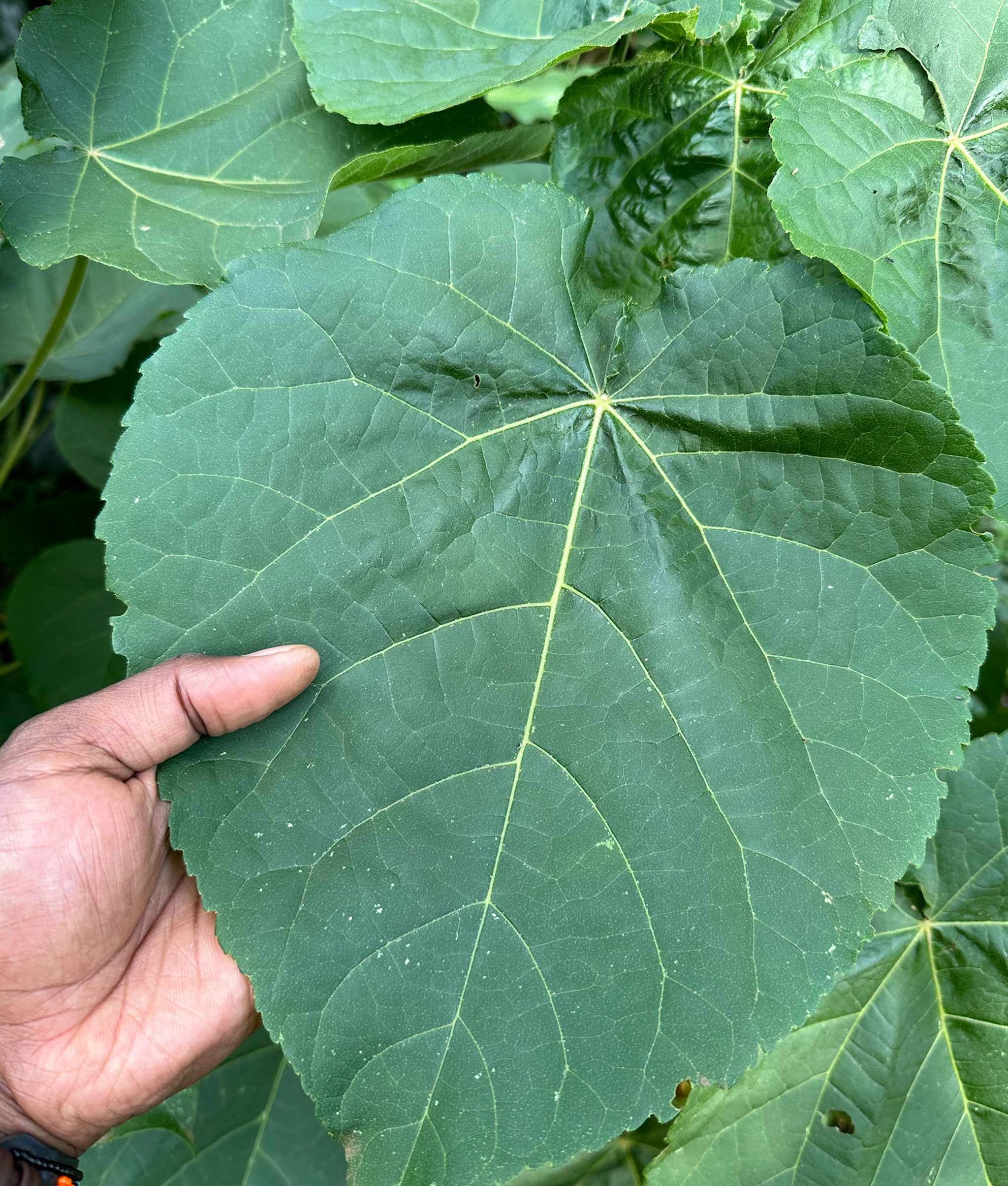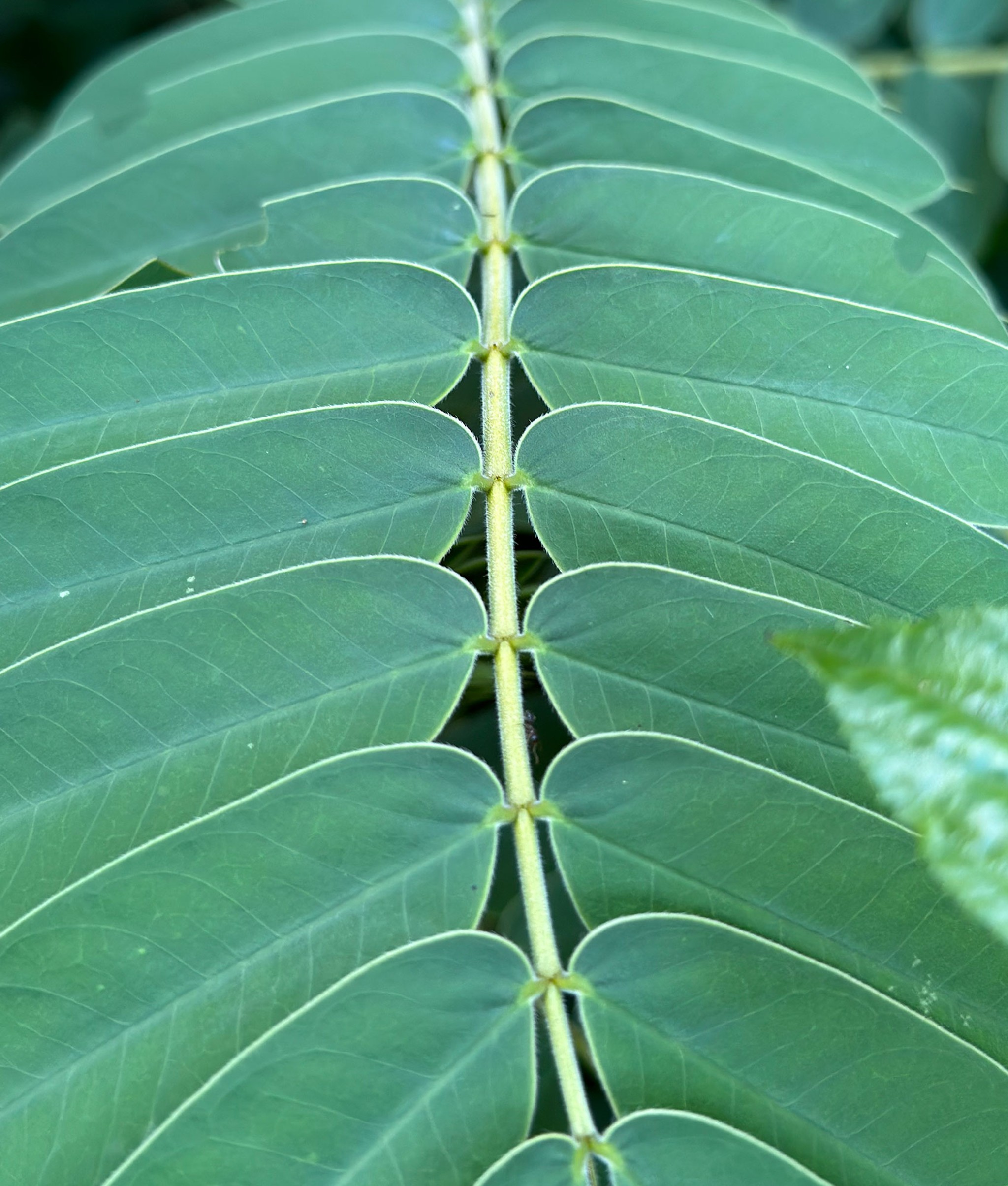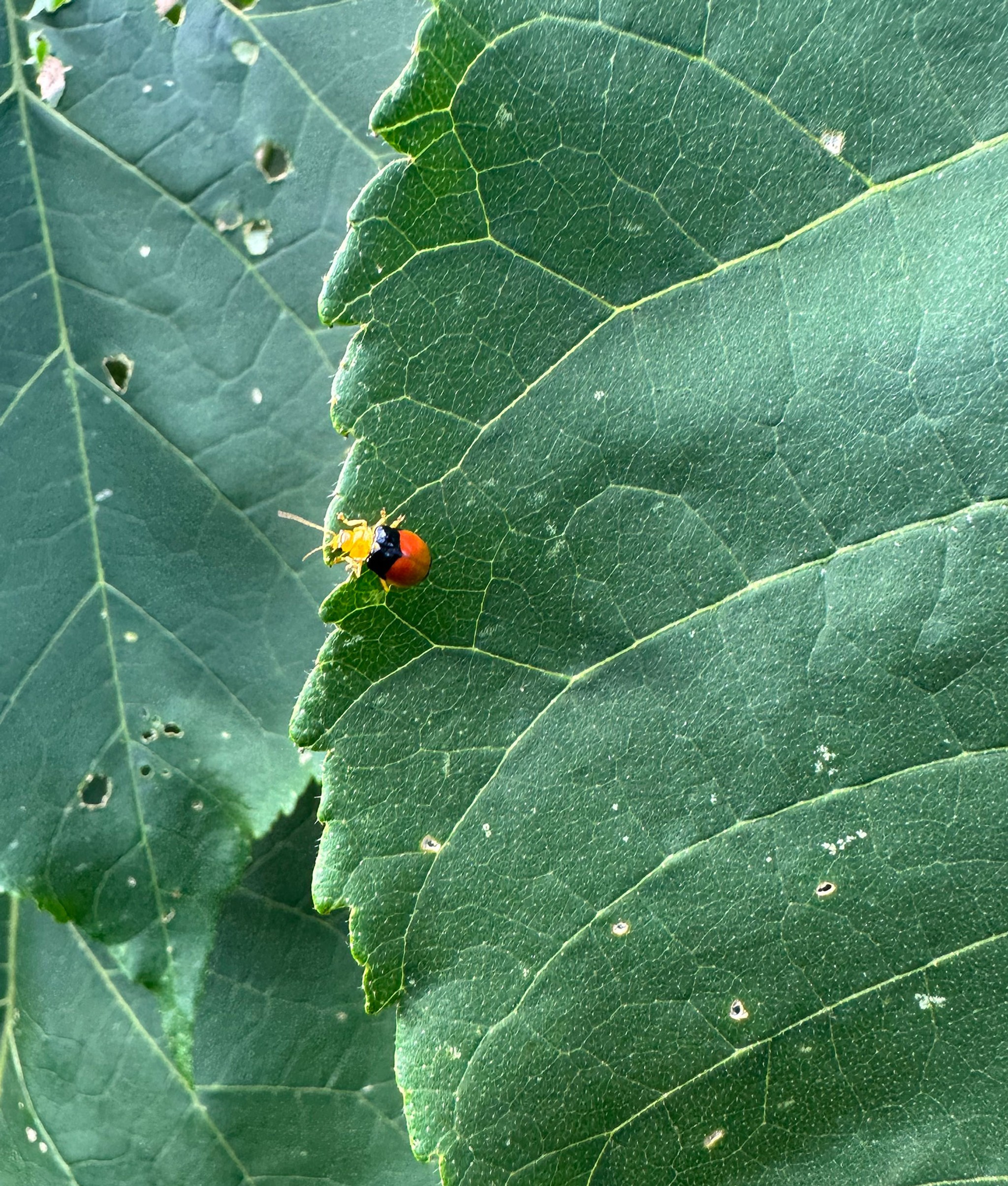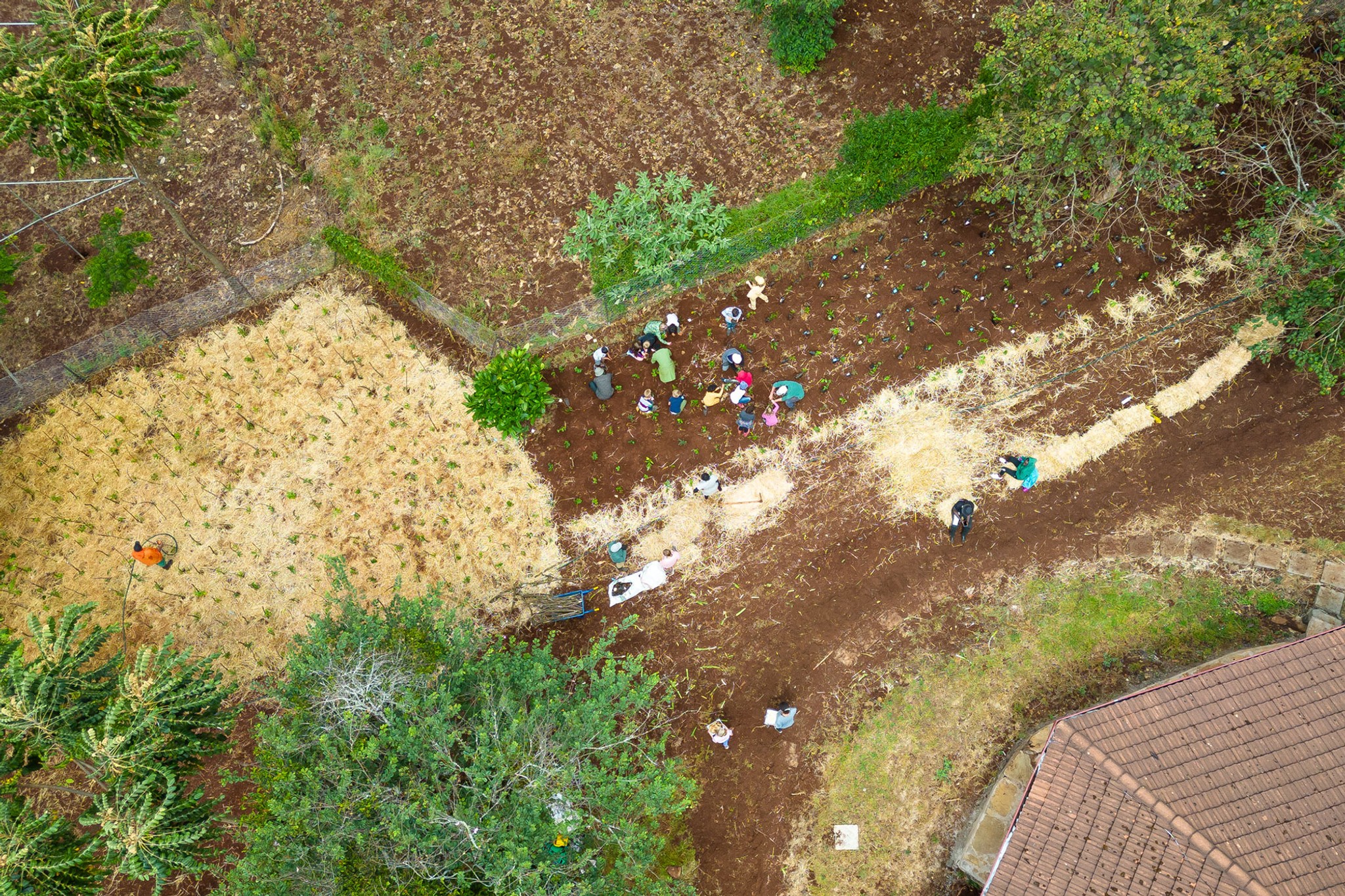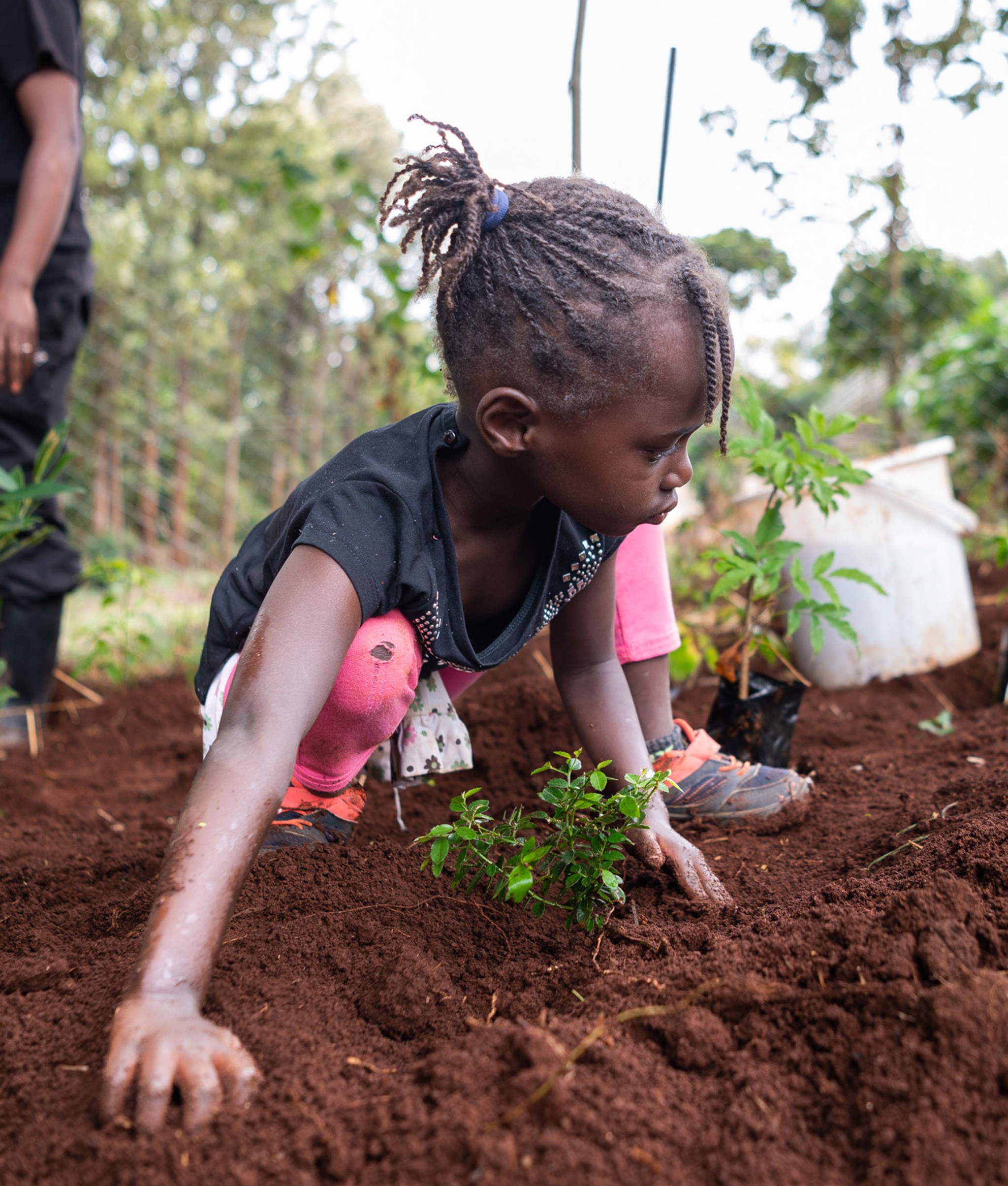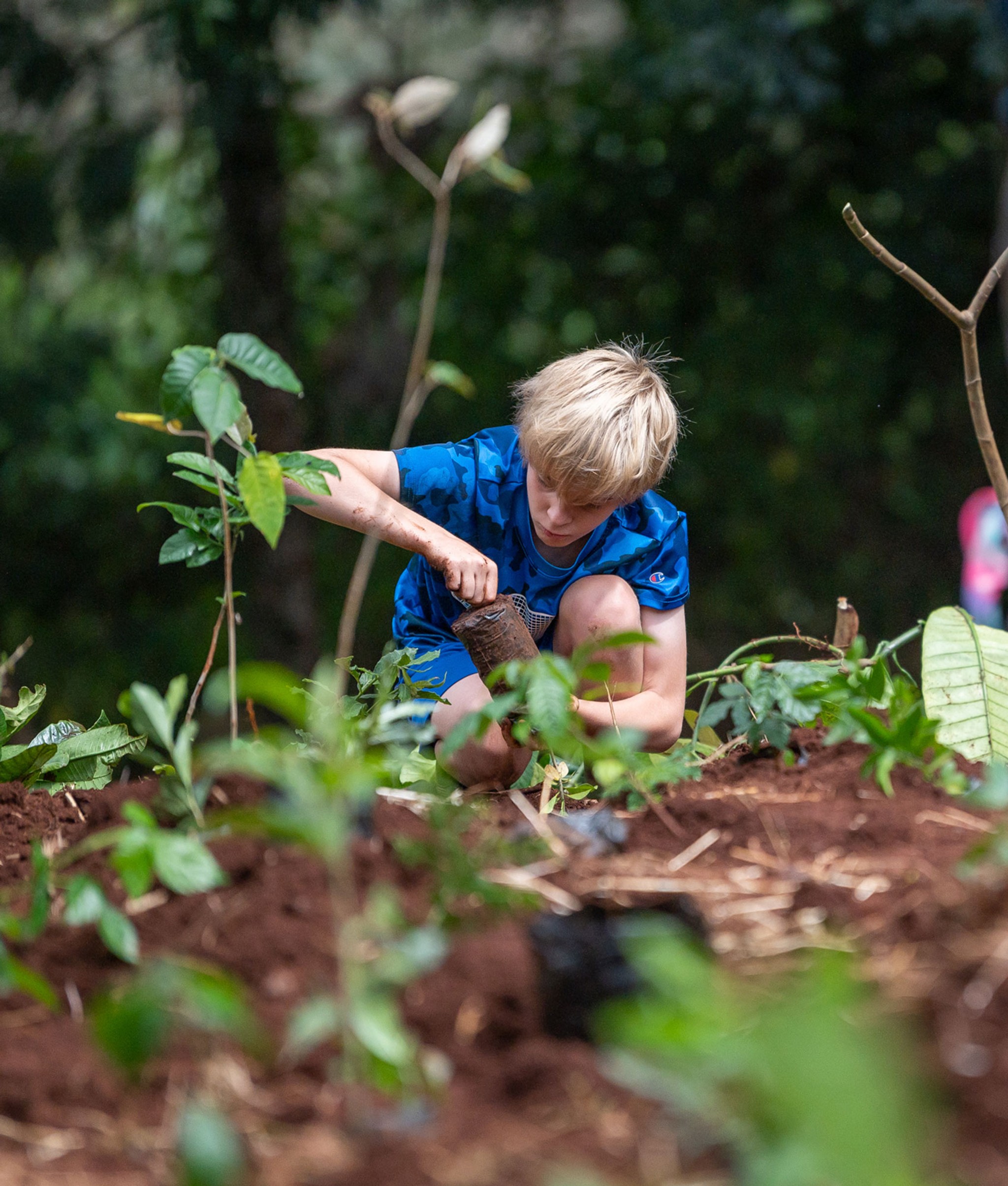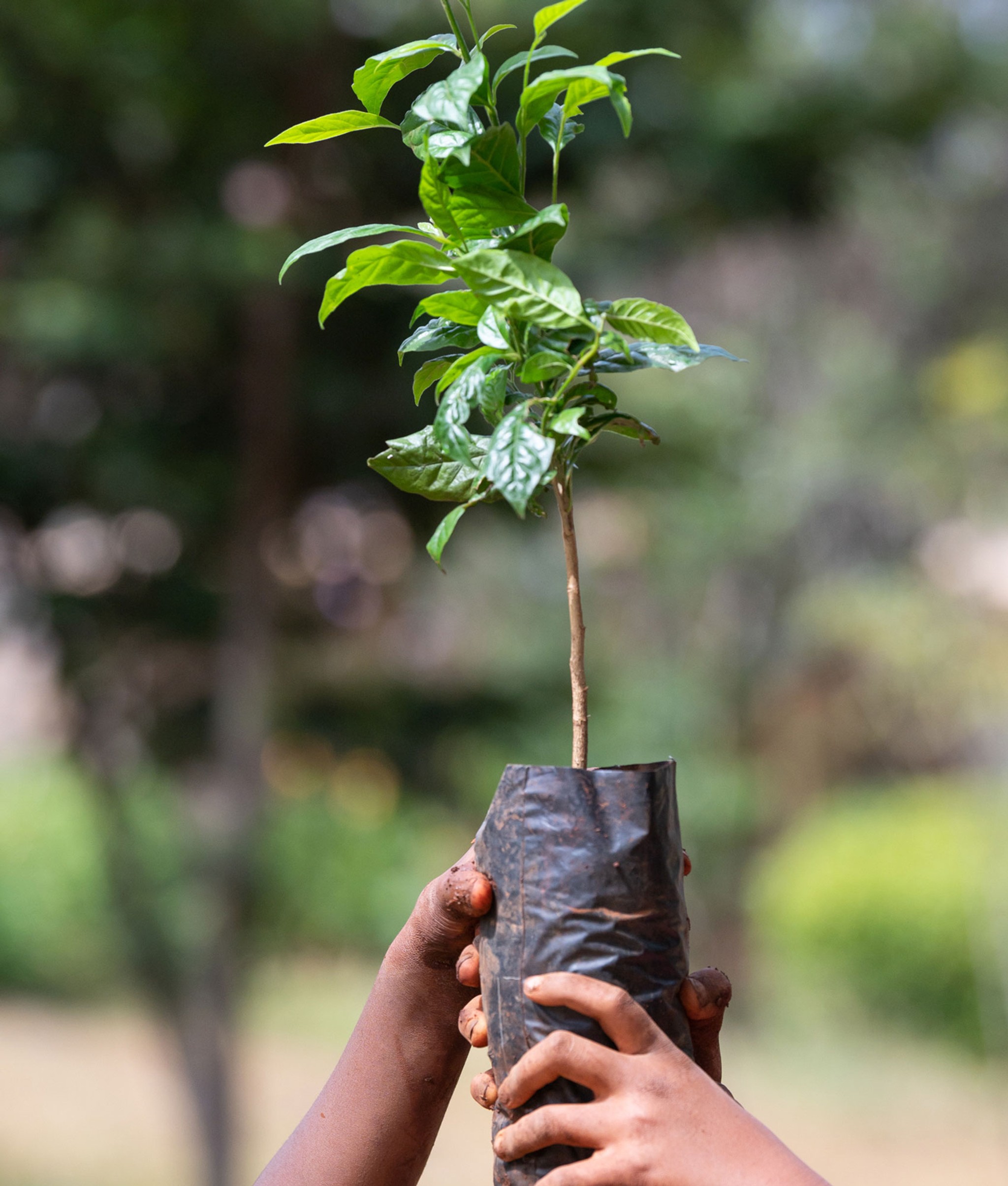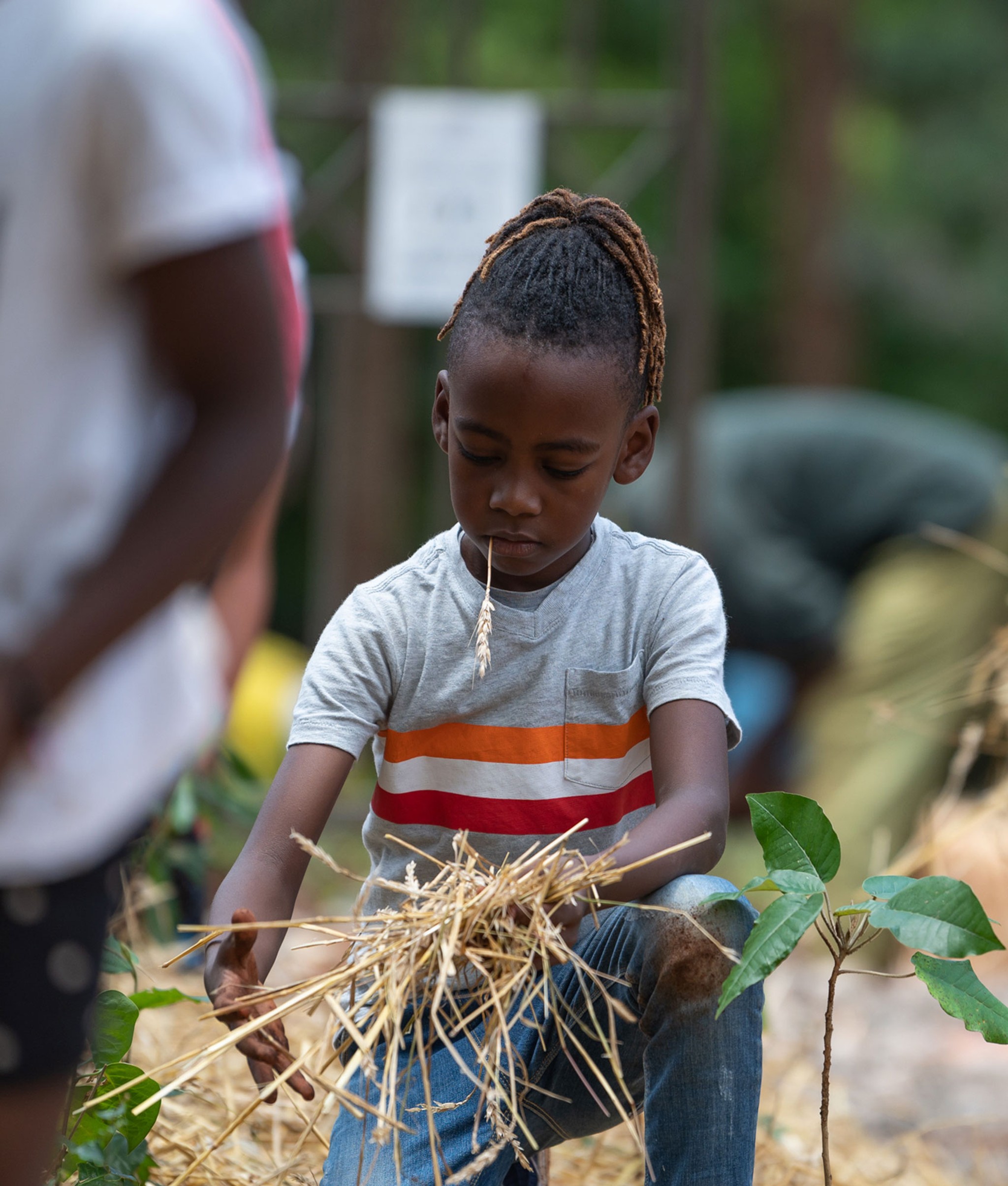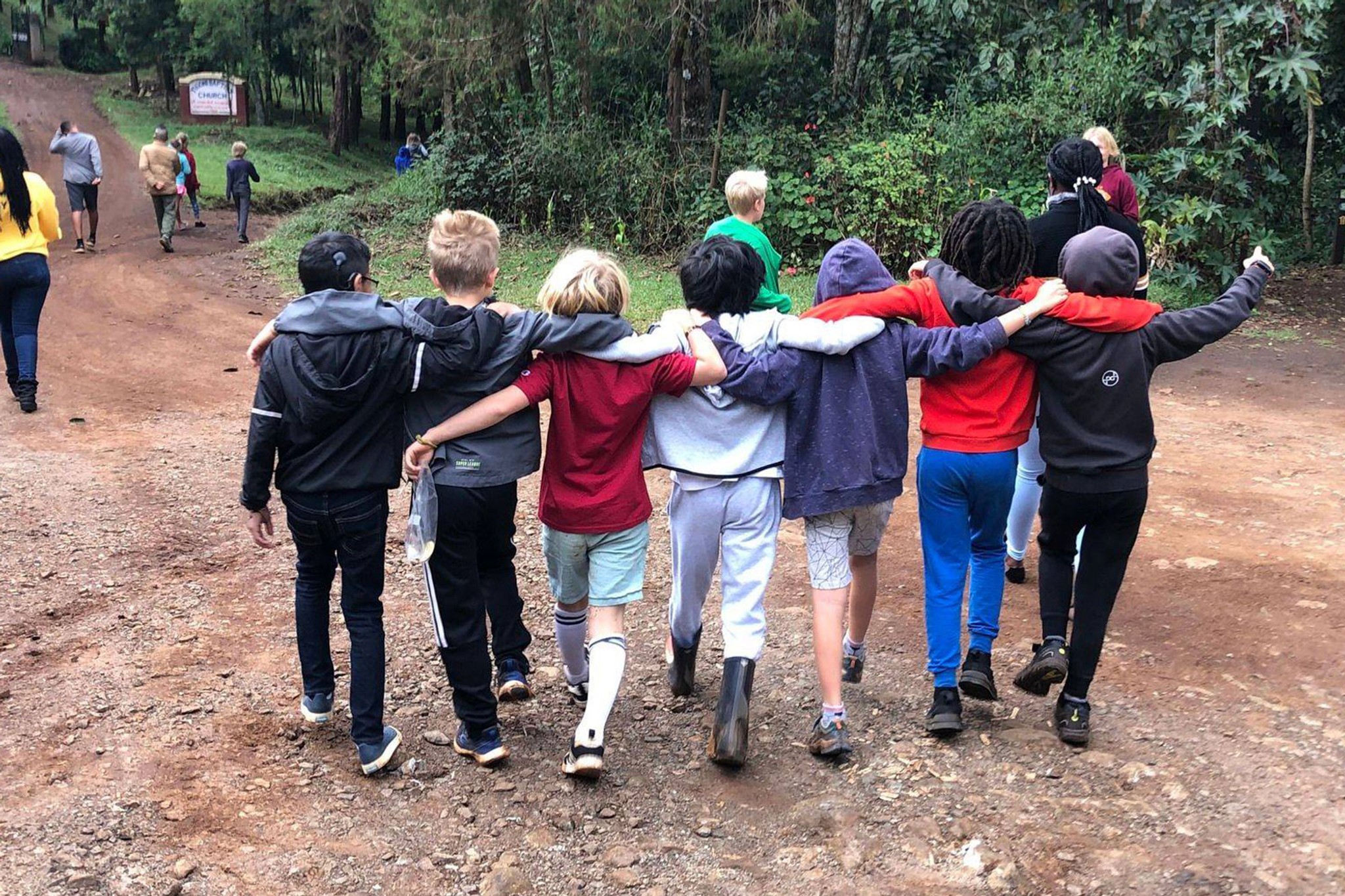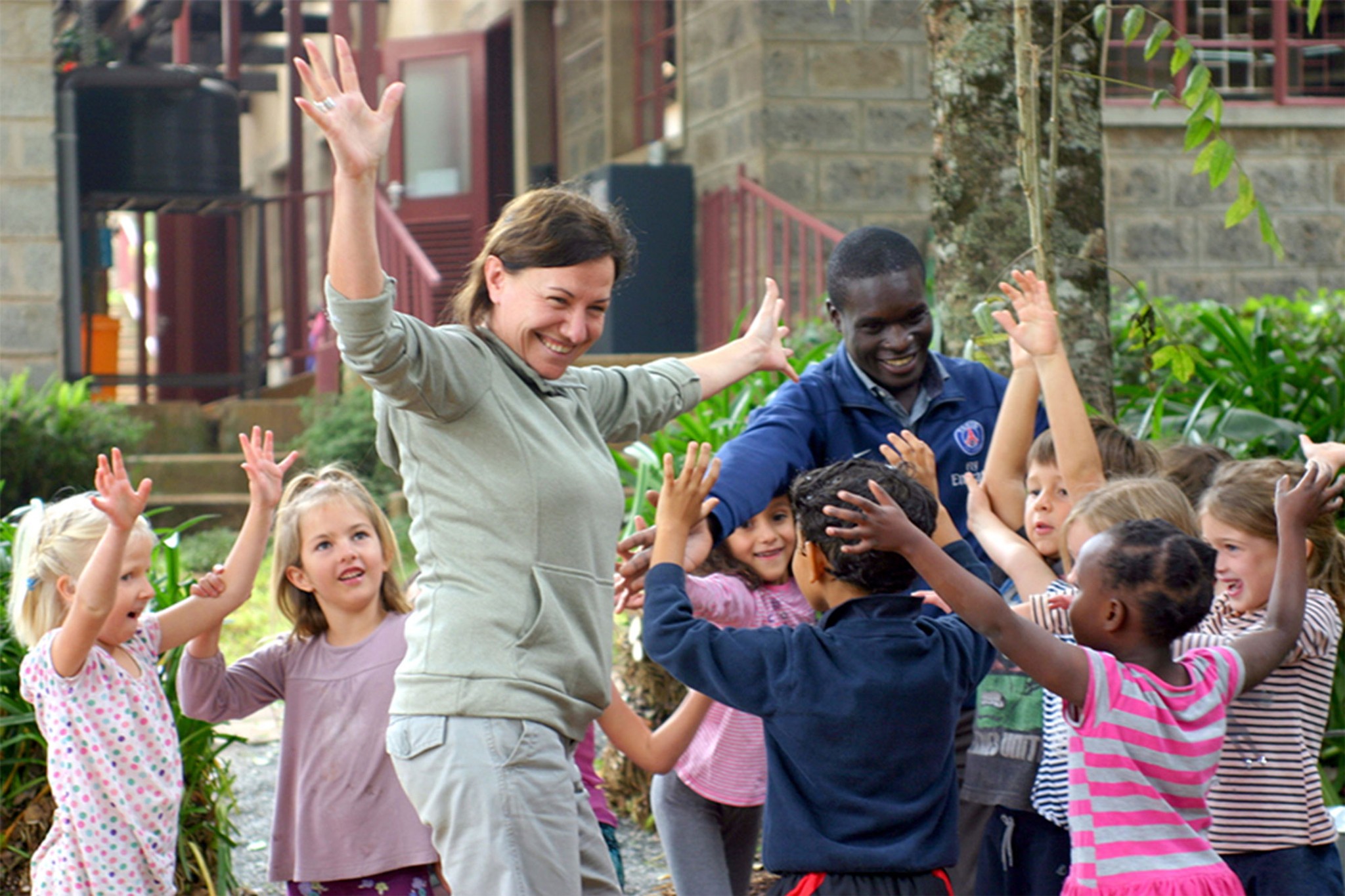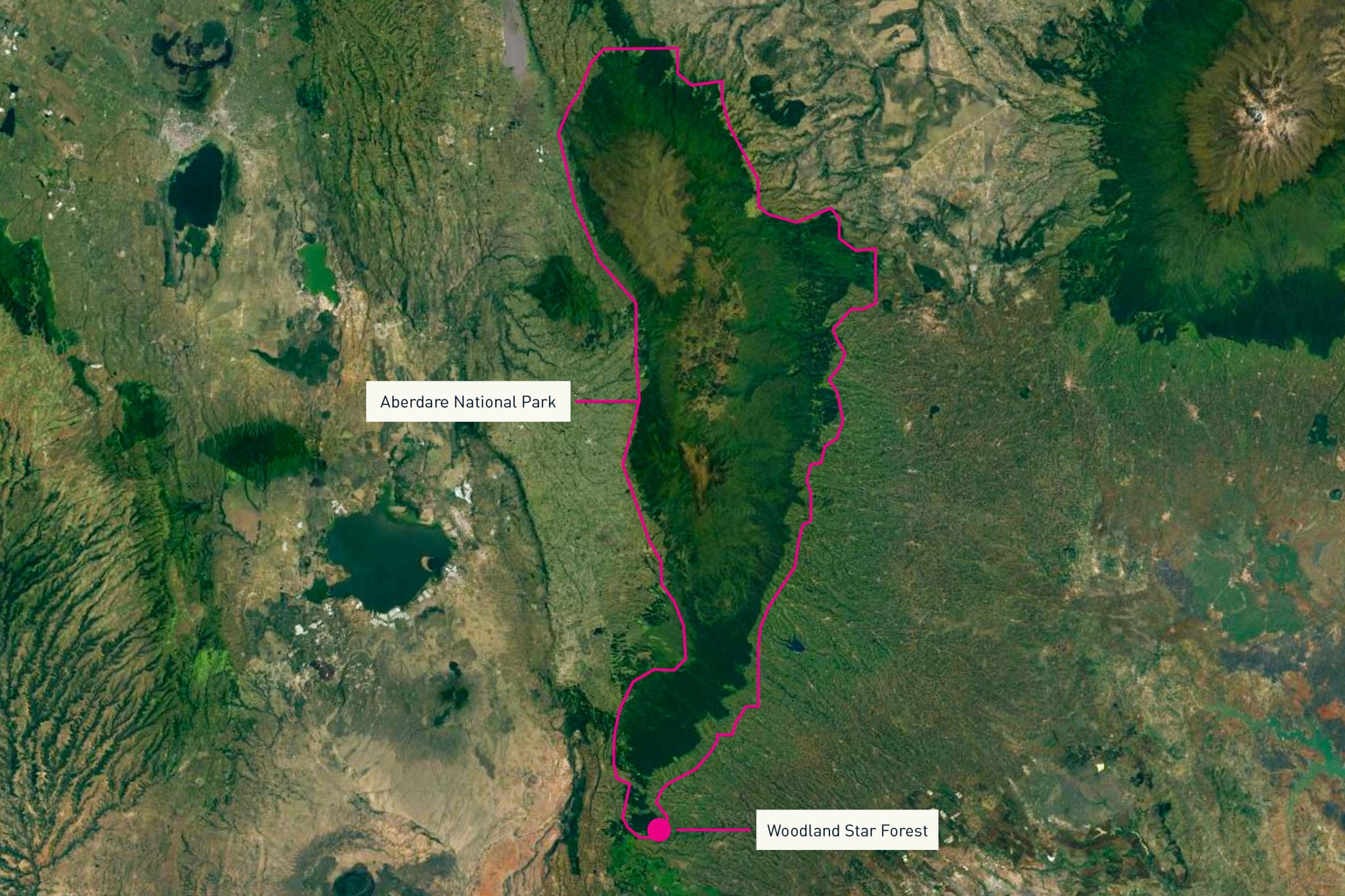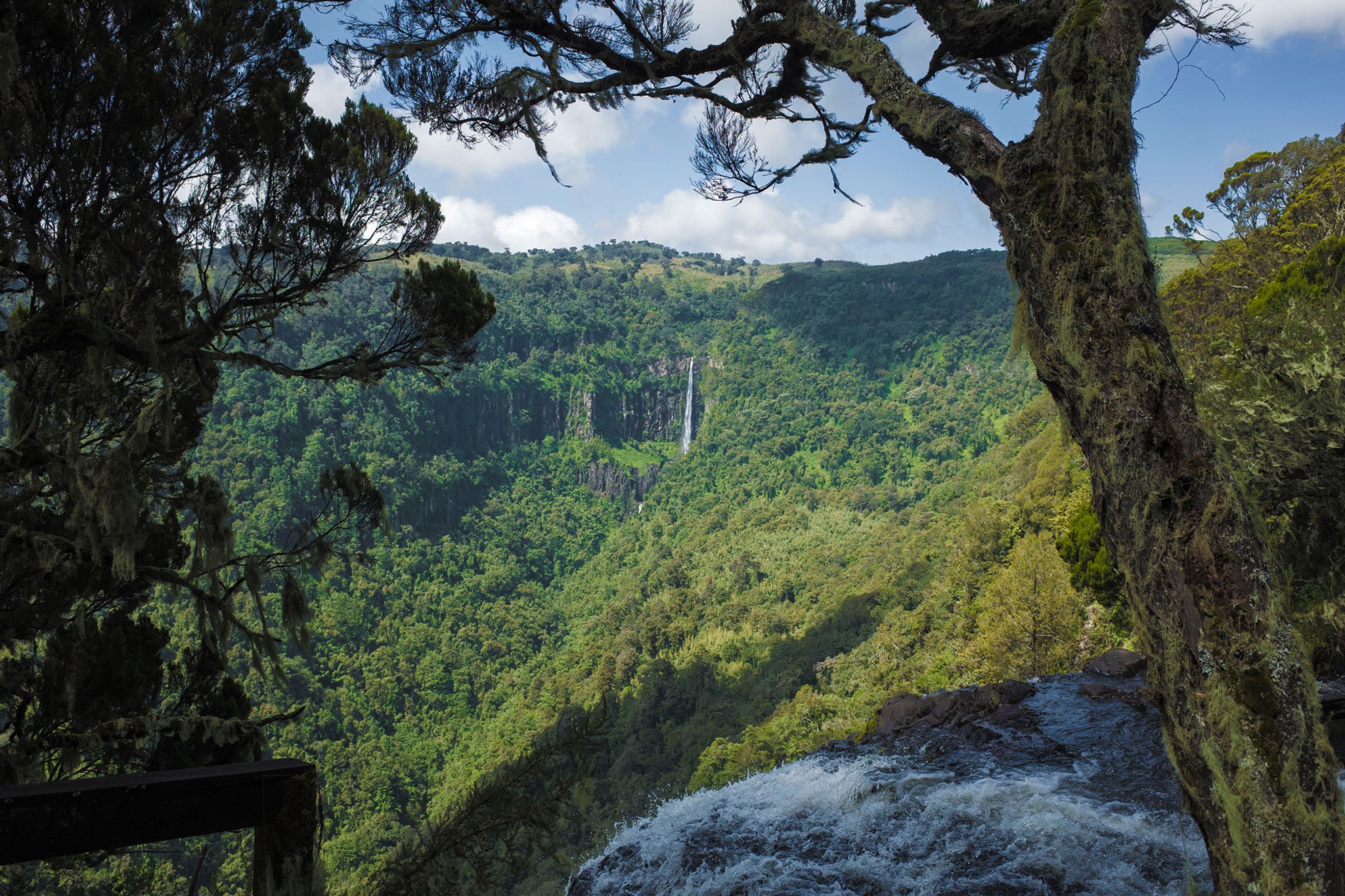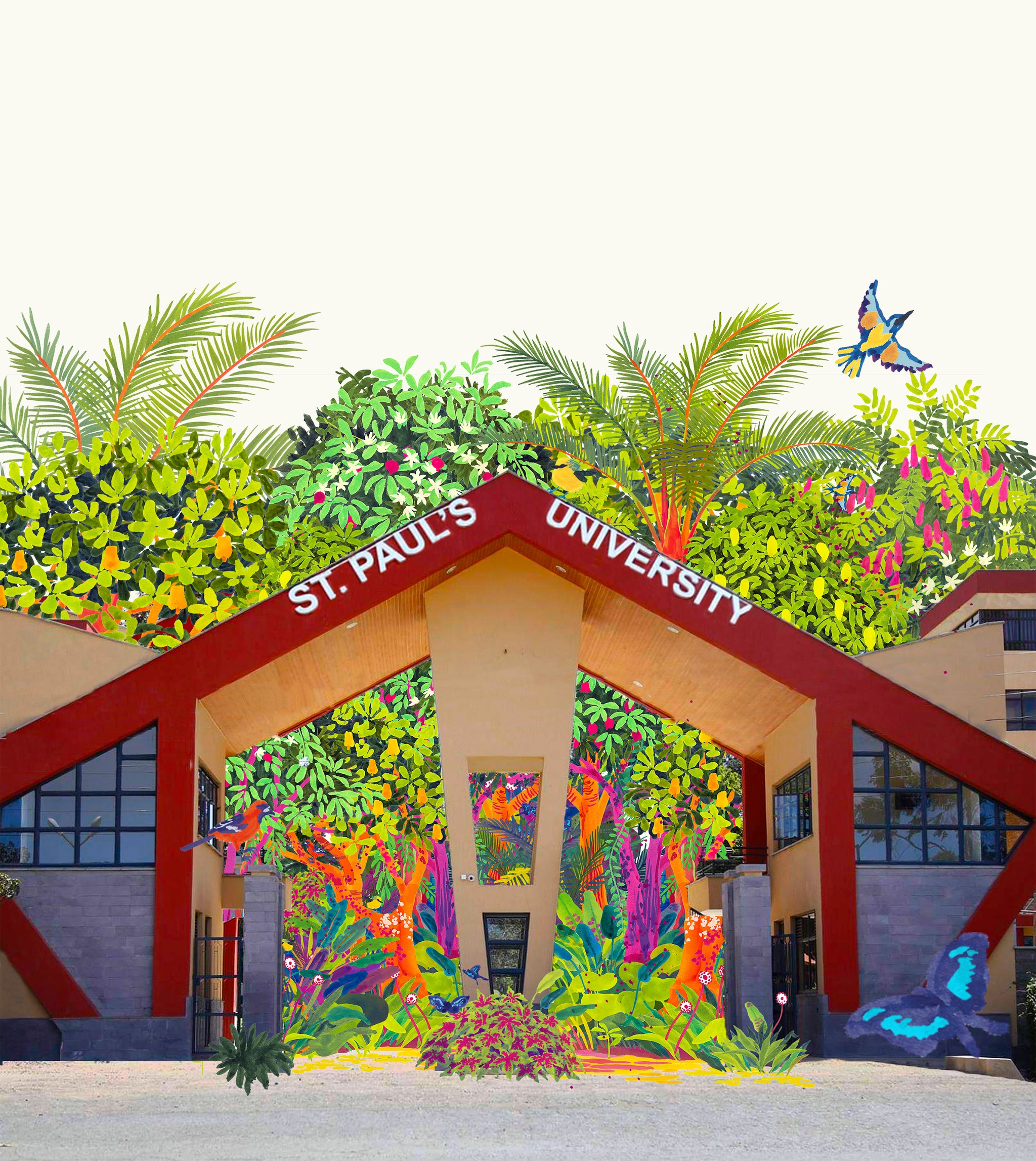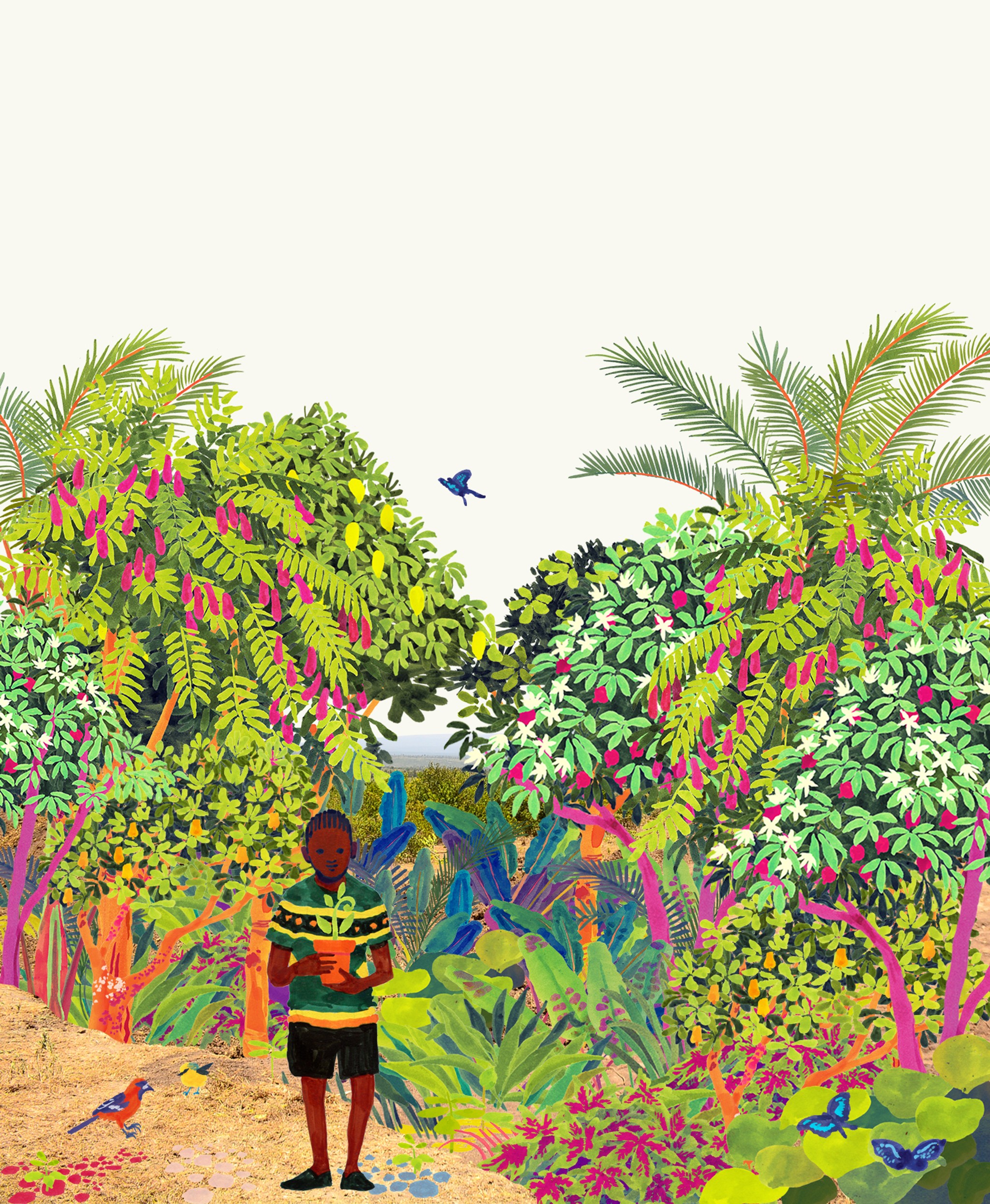Woodland Star Forest
Providing opportunities for children outdoor learnings.
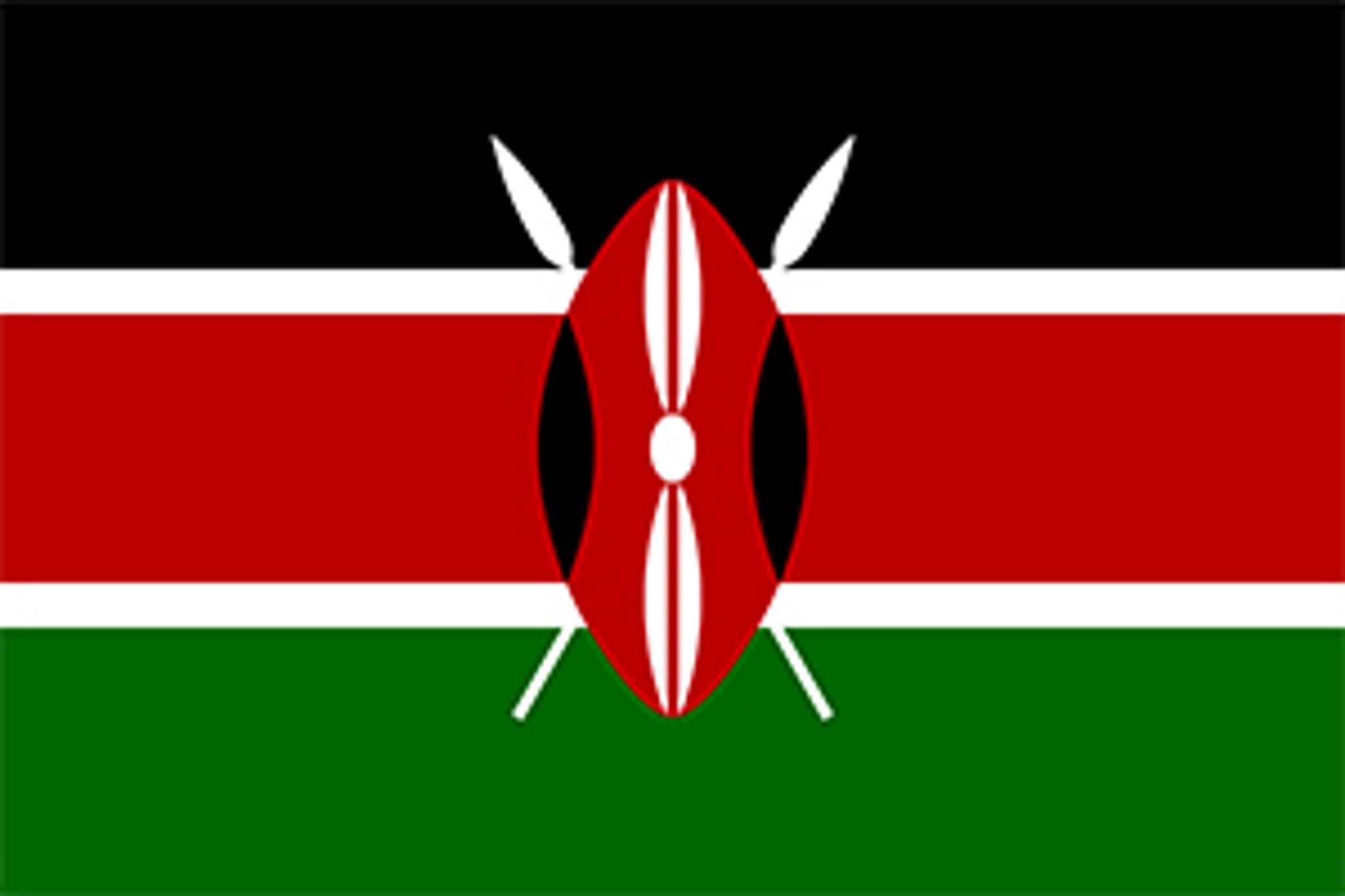
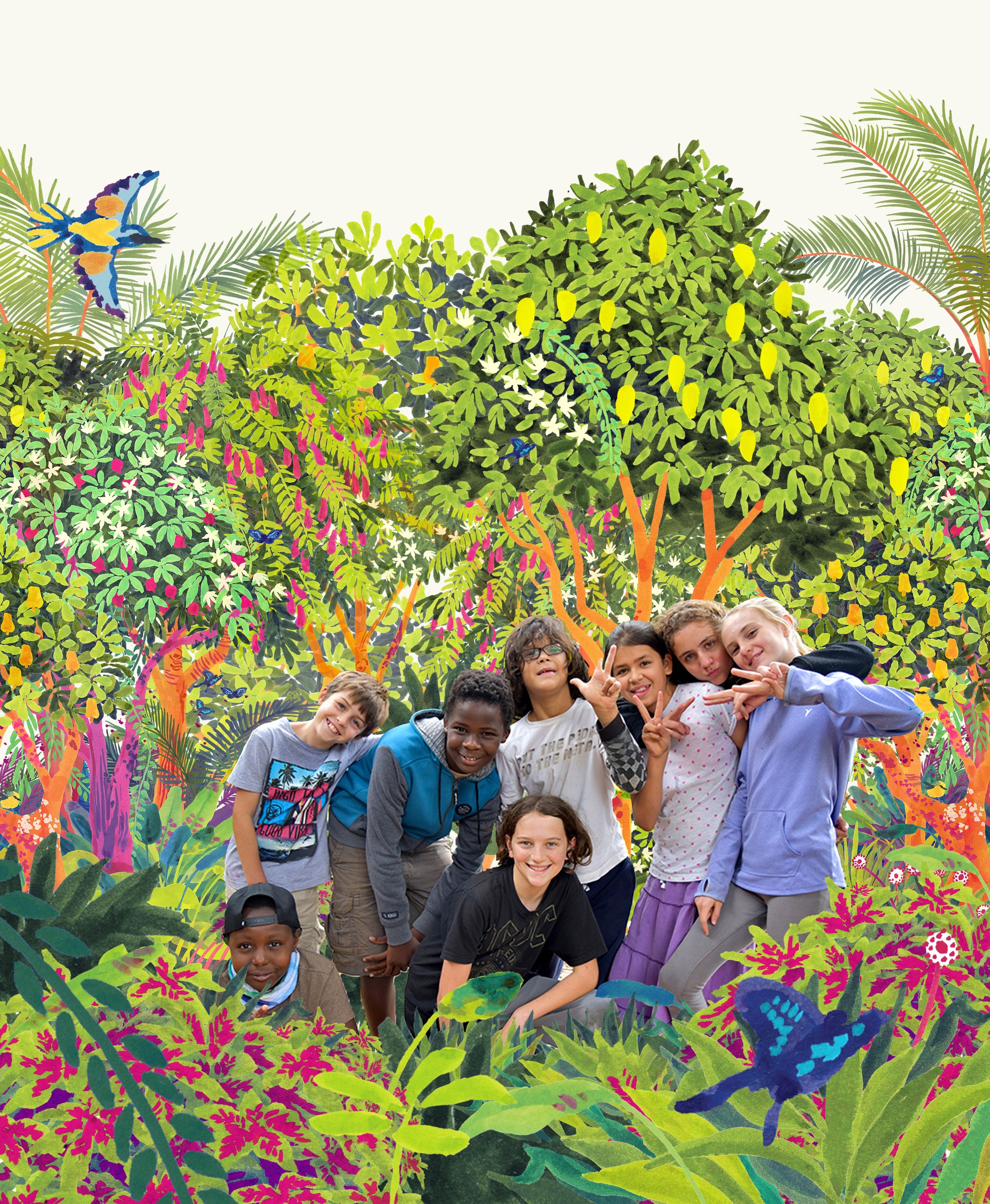
0
Trees
0
Square Meters
0
Native Species
0
Youth Impacted
Self sustaining pocket forest
The forest was planted in March 2023, and over the past two years, it has grown into a vibrant, self-sustaining ecosystem. The Woodland Star International School has actively engaged with the forest through its Green Focus program, allowing students to conduct on-site research and interact directly with the evolving environment.
Now at two years old, the forest is showing clear signs of healthy succession. Pioneer species such as Dombeya torrida and Millettia dura are currently the tallest trees, helping establish a growing canopy. This canopy is providing shade and mulch, enabling the emergence of understory species, ground covers, and lianas - including Achyranthes aspera and Phaulopsis species, which were absent at the time of planting.
There has also been a noticeable increase in biodiversity. Birds are frequently seen perching in the trees, while monkeys have begun interacting with the forest, occasionally leaving behind broken branches. Flowering species like Calpurniaand Dombeya have attracted pollinators such as bees and butterflies, further enriching the ecosystem.
Forest Maker
Michael Waiyaki
Forest Partner



Ecosystem Restored
Final report: 11.09.2025
After approximately three years our SUGi Pocket Forests become self-sustaining. They no longer require human maintenance or watering, and can be handed over to Nature for biodiversity and complexity to naturally develop.
0%
Survival Rate
0
People living within 300 meters
0
kg of potential CO2 sequestration
Biodiversity
Biodiversity is all the different kinds of life you'll find in one area—the variety of animals, plants, fungi, and even microorganisms like bacteria that make up our natural world. Each of these species and organisms work together in ecosystems, like an intricate web, to maintain balance and support life.
0
Potential number of mammals
0
Potential number of birds
0
Potential number of amphibians
“We are very happy to support our local community to develop highly diverse restoration projects. The inclusion of two local schools is great as the children are the future so we are excited to plant seeds & trees with them which will continue to grow for many years.”
Jonathan Jenkins, Brackenhurst Botanic Garden & Forest
Forest Report: 2024
0 Months
Forest Age
0%
Survival Rate
0m
Average of Tallest 3 Trees
The forest is now incredibly tall! It has put on over four meters of growth since last year, when trees were already standing taller than people. The result is a lush, dense forest that resembles a 10 year natural forest’s growth in under two years. A welcome surprise has been the presence of regenerants - plants that are very adept at enriching the soil - like Ochna insculpta and Erythrococca bongensis.
Biodiversity Notes:
Forest Report: 2023
0 Months
Forest Age
0%
Survival Rate
0m
Average of Tallest 3 Trees
The native forest that grew here many years ago left very rich soil. Compared to the Naromoru Forest, this forest is growing much faster than in a drylands area. There have been different types of bugs, bees, butterflies and birds that are seen in the forest. We even spotted a chameleon once too.
Biodiversity Notes:
Planting: March 2023
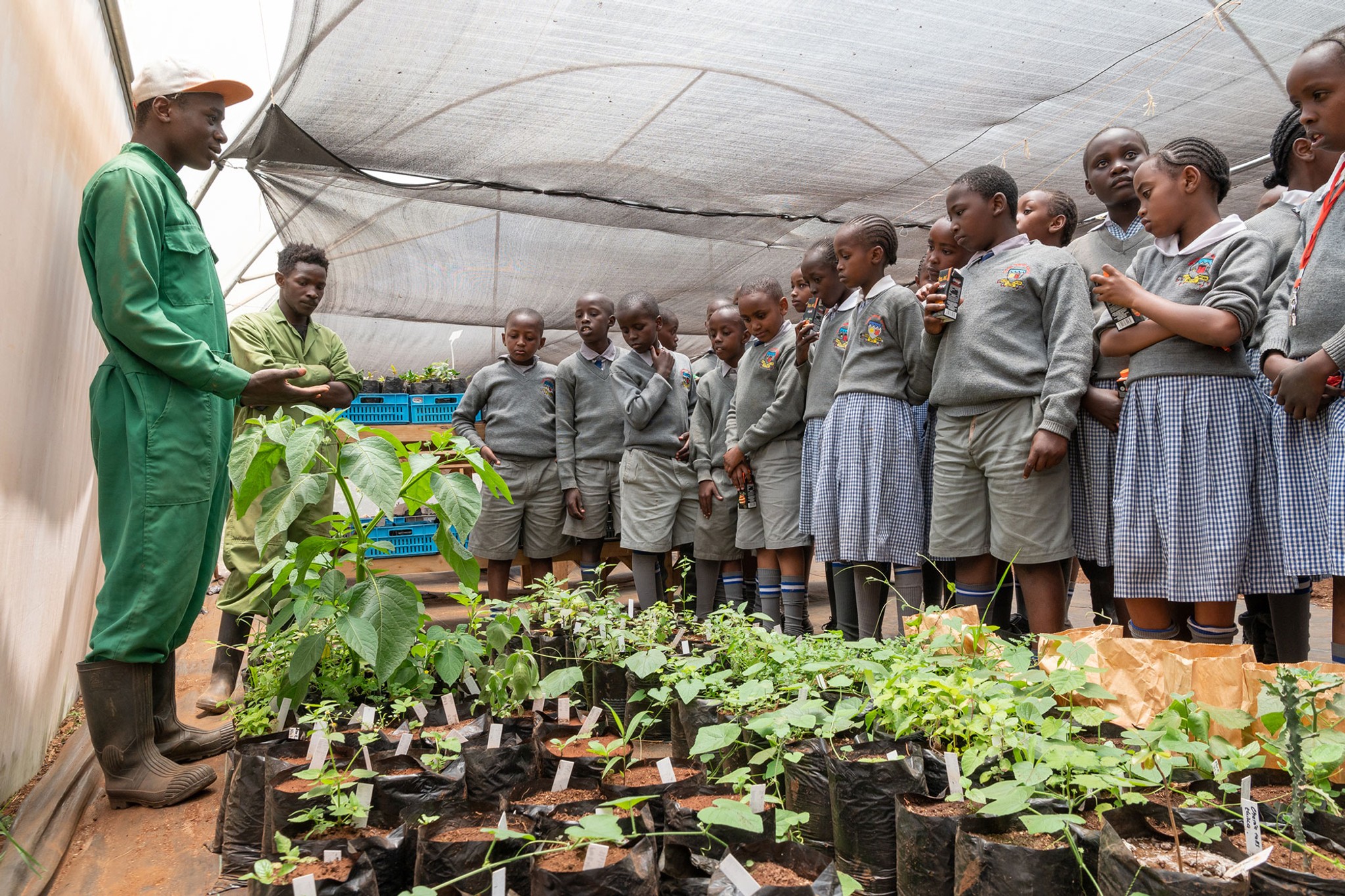
Why Woodland Star Forest ?
Woodland Star Forest will not only see these indigenous plant and animal species thrive once again, the project will strengthen community bonds as it brings together two local schools - Woodland Star International School (private) and Tigoni Primary School (public) - around 2000 children invited to partner with woodlands and plant with the Miyawaki Method. It will be an extraordinary learning and exposure experience for these children.
This project will restore an area of 400 Sq m exposed to climate change by removing the remnants of a eucalyptus plantation that has hampered biodiversity and led to poorly-nourished soil. The entire area was once the southern tip of the Aberdare ecosystem, yet now 99.9% of these native forests have been destroyed. Taking inspiration from conservation and restoration activities at Brackenhurst, this project will help to bring back the trees, birds and wildlife that once used to flourish in this area.










































